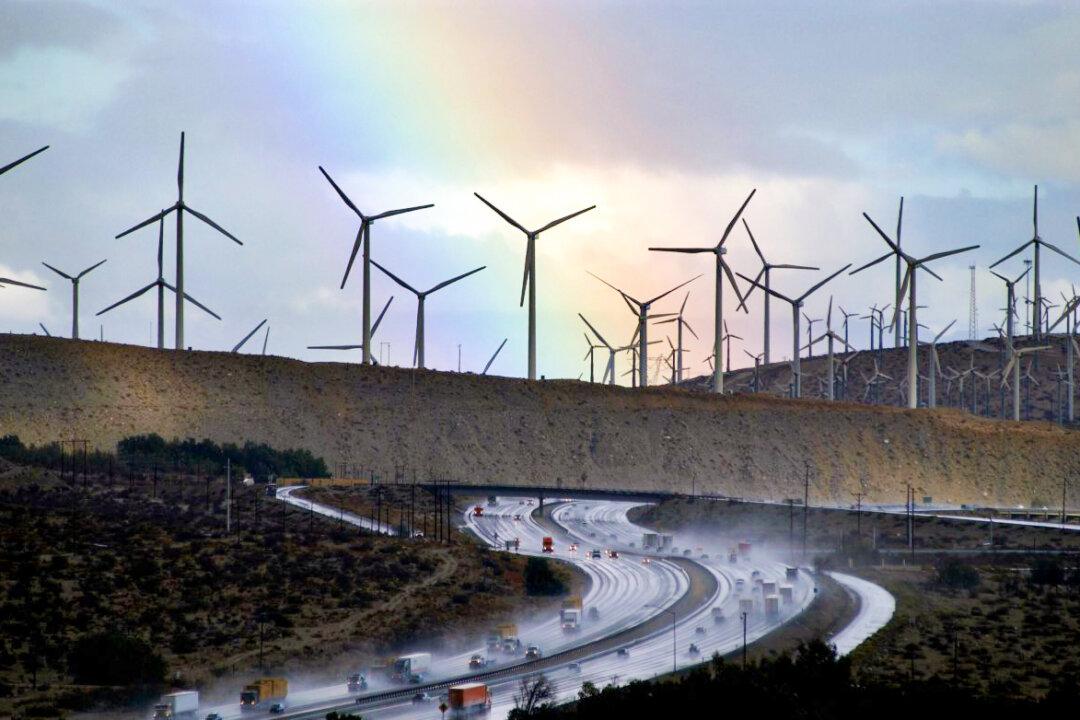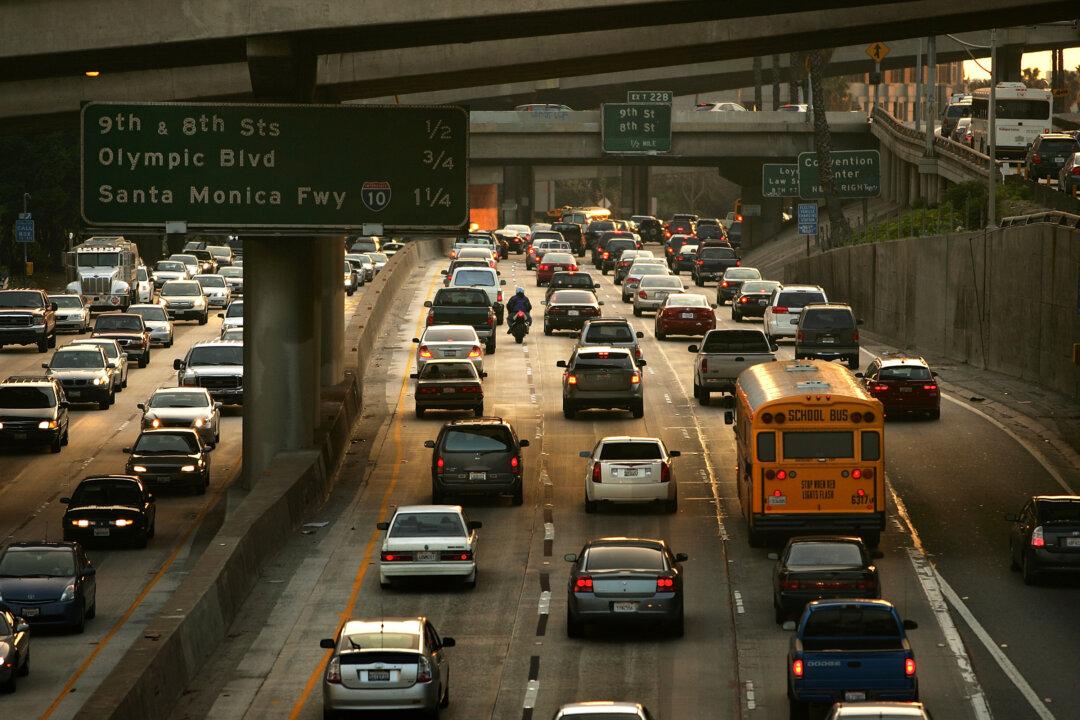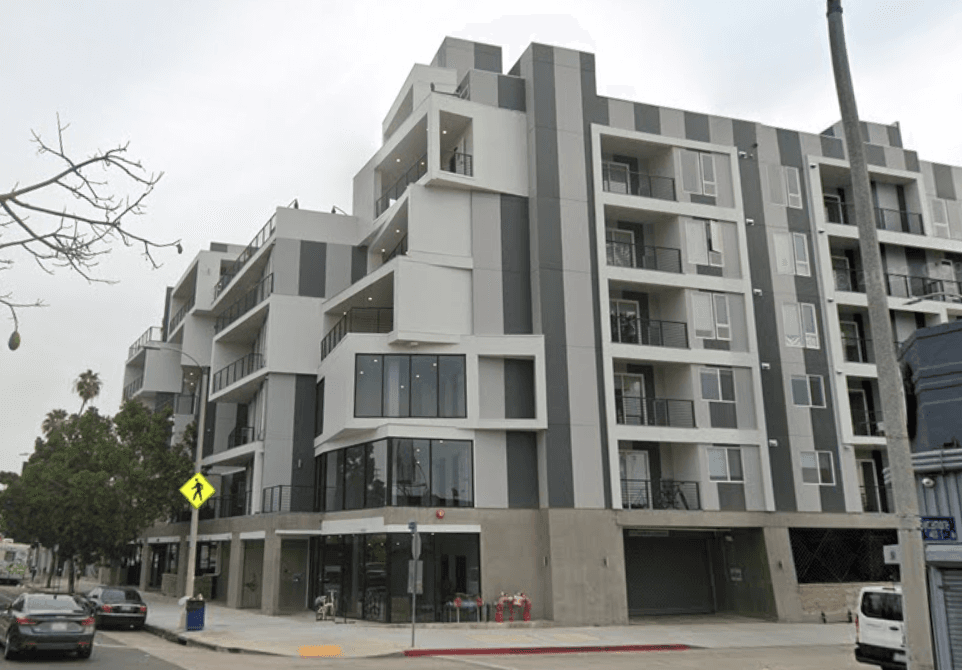Commentary
President Biden has not given up on his “Build Back Better” bill, despite Senator Joe Manchin repeatedly stating it is dead. That’s because the multi-trillion-dollar bill contains the dreams of the globalist left elite and progressives like Senator Bernie Sanders and Congresswoman Alexandria Ocasio-Cortez.





